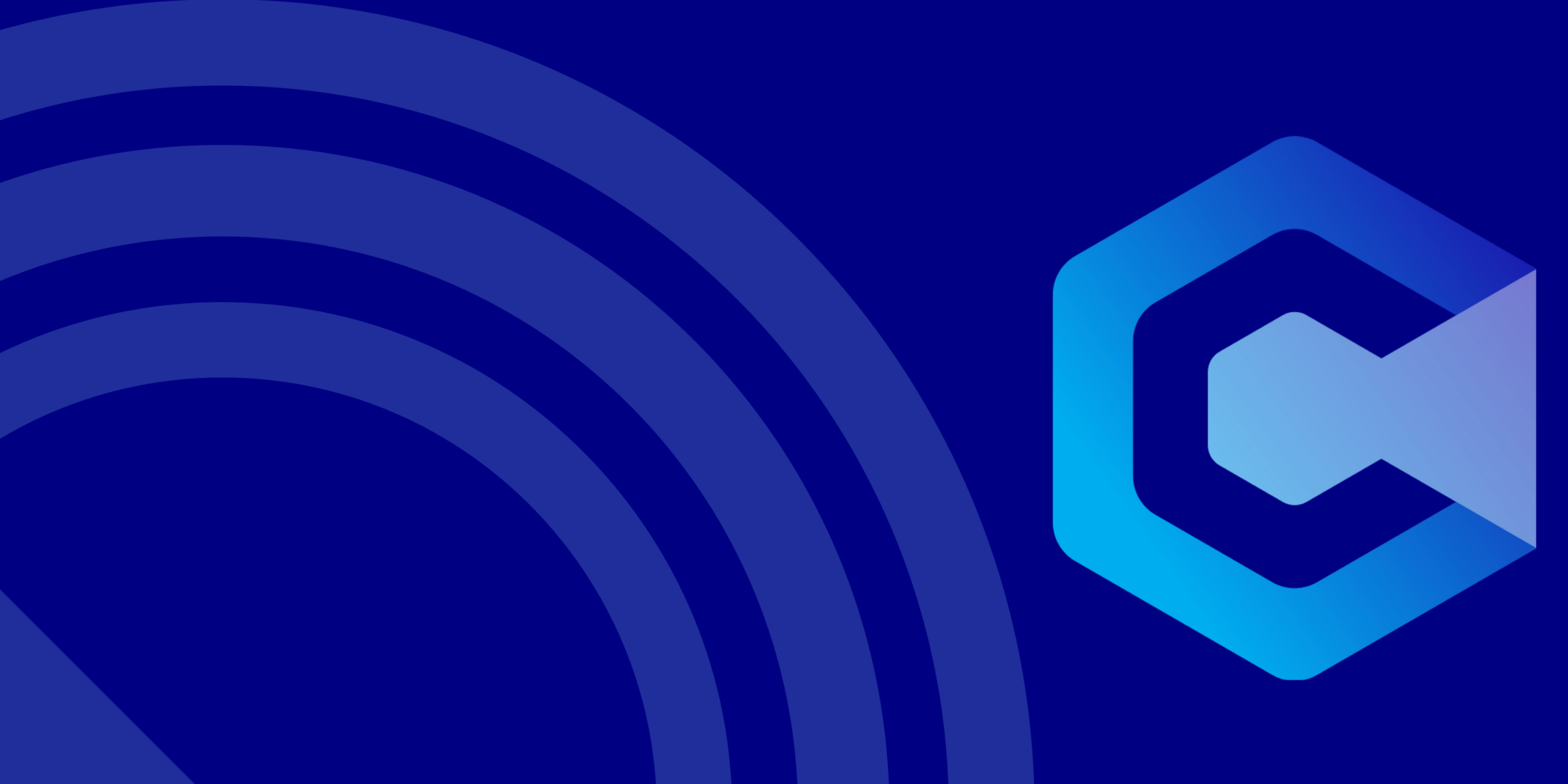Rostering Overview
What is it?
A rostering solution is a software tool that helps organisations efficiently manage employee rotas/ schedules. These solutions automate the process of creating, managing, and updating employee rotas/ schedules considering factors like employee availability, skill sets, working regulations, and business needs. Some rostering solutions will also consider commissioned and contracted hours. Rostering solutions often include features such as shift planning, time tracking, employee communication, and reporting, aiming to optimise workforce management and ensure adequate coverage while minimising scheduling conflicts and compliance risks.
How does it work?
Rostering solutions streamline the process of creating schedules by allowing users to input commissioned or contracted hours needed for the delivery of care. They then consider staff contracted hours and assign shifts accordingly. However, gaps in the roster may still exist, which is where rostering systems excel compared to traditional paper methods. Gaps in your rota/ schedule can be shared with your staffing team, enabling them to pick up extra shifts which reduces reliance on agency staff.
Rostering software often allows your staffing team to see published versions of the rota from anywhere, increasing transparency of the rota, rather than it only being accessible when people are on shift or in the home.
By storing all data within the system, rostering solutions facilitate easy reporting for informed decision-making. This includes improving rosters, ensuring safe staffing levels, and preventing staff from overworking. Additionally, data can be effortlessly exported for payroll processing. Some rostering tools even provide custom report-building capabilities or direct integration with some payroll software and dashboards for deeper analysis and insights.
What did people use before rostering software?
Before rostering software, care organisations managed staff schedules manually, using paper-based systems or basic spreadsheets/ word documents. Managers calculated the staffing of shifts and assigned them manually, considering availability and preferences. Schedules were often communicated via printed copies or emailed versions, in effect the ‘live’ rota was quickly out of date due to changes. Staff will typically have completed timesheets on paper or a type of electronic form which then had to be signed off by a manager, manually inputted into an excel spreadsheet and then processed by Payroll. This manual process was time-consuming and prone to errors, making it challenging to maintain adequate staffing levels and communicate changes effectively. If you’ve ever seen the paper or printed rota in a service, by the end of the week its usually very difficult to understand once people have scribbled changes on it which can reduce the accuracy of payroll.
Top 3 Benefits of Rostering:
- Time & Cost Savings
- Improved Compliance
- Better Communication & Transparency
To read more about Rostering, check out our Rostering Deep Dive: Features & Benefits article.
You can find all Rostering solutions here.
